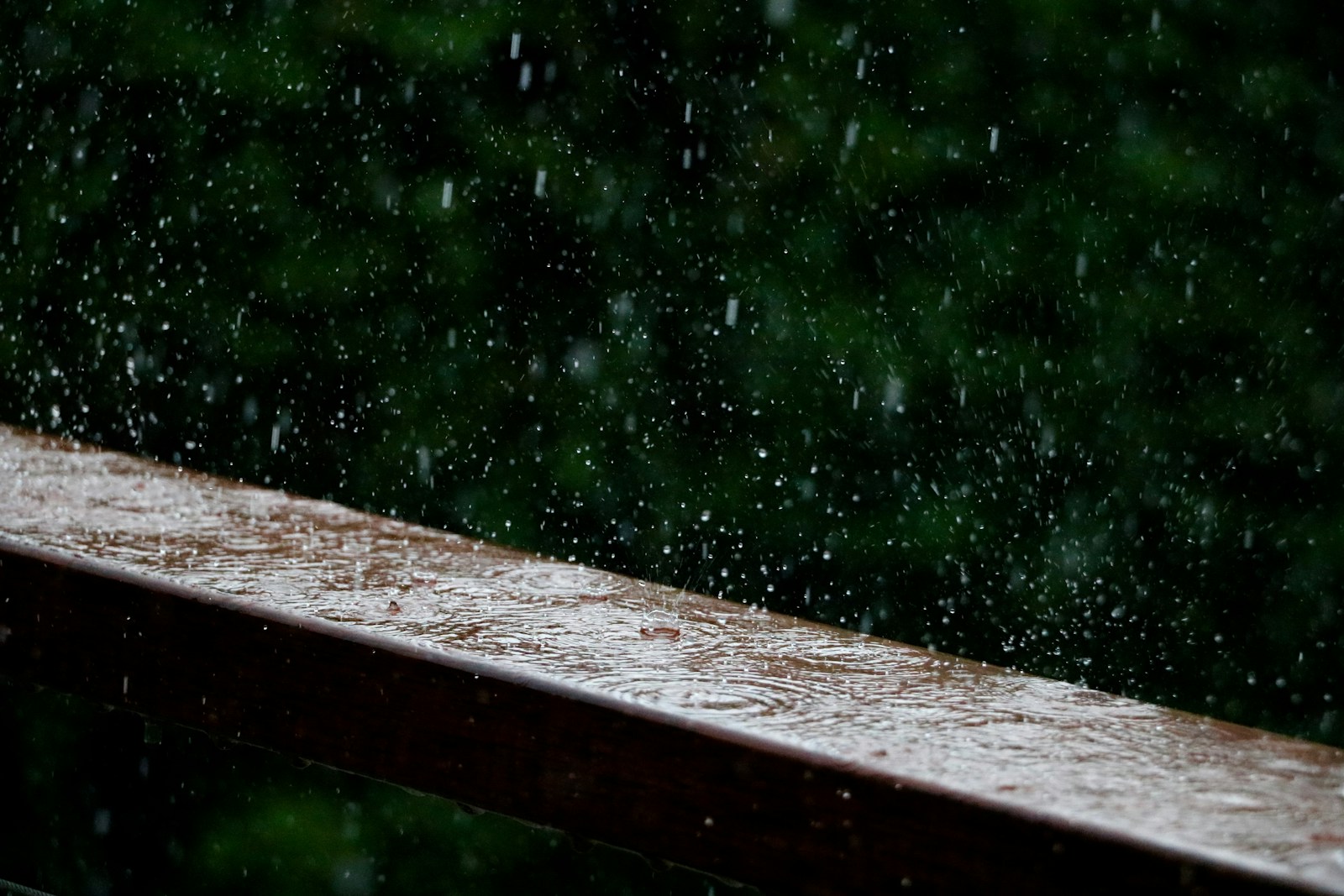If it is raining hard, your stormwater pits will help keep your yard from flooding and runoff under control. For stormwater pits to keep working well and protect your property and the environment from water damage and pollution, they need to be properly maintained.
Proper maintenance of stormwater pits involves more than just occasional cleaning. In this article, you will explore six essential tips for maintaining stormwater pits that will help you uphold their effectiveness and longevity.
1. Regular Inspection
Regular inspections are crucial for ensuring stormwater pits function effectively. Inspect pits at least twice a year, ideally before and after the rainy season. Look for signs of damage, cracks, or erosion around the pit.
Check the grate covers and ensure they are secure and free from damage. Inspections help identify issues early, preventing costly repairs and ensuring the pit operates efficiently during heavy rainfall.
2. Clearing Debris
Clearing debris from stormwater pits is essential to prevent clogging and maintain proper drainage. Remove leaves, twigs, litter, and sediment that accumulate on the grate covers and inside the pit.
Debris can block water flow, leading to localized flooding or overflow during storms. Use appropriate tools like rakes or vacuum equipment to clear debris effectively. Regular maintenance keeps the pit clear and allows it to function optimally during rainfall.
3. Checking for Blockages
Check for blockages within stormwater pits to ensure uninterrupted water flow. Inspect pipes, inlet/outlet channels, and internal chambers for any obstructions caused by debris, sediment buildup, or vegetation growth.
Blockages can impede water movement, causing backups and potential flooding in surrounding areas. If needed, use a flashlight to inspect interior areas and remove any blockages carefully. Consider flushing the pit with water to dislodge stubborn debris.
4. Monitoring Water Levels
Regularly monitor water levels in stormwater pits to ensure they don’t exceed capacity during heavy rains. High water levels indicate the pit may not be draining properly or could be blocked.
Use water level indicators or observe during rain events to check for any signs of overflowing. Maintaining optimal water levels helps prevent flooding and ensures the pit functions effectively in managing stormwater runoff.
5. Inspecting for Structural Damage
Inspect stormwater pits for structural damage to maintain their integrity and functionality. Look for cracks, erosion, or signs of wear on pit walls, floors, and surrounding structures.
Structural damage can compromise the pit’s ability to contain water or lead to leaks that affect nearby areas. Repair any identified damage promptly using suitable materials and techniques to prevent further deterioration.
6. Preventing Sediment Build-Up
Sediment can accumulate over time, reducing the pit’s storage volume and clogging drainage systems. To keep debris from getting into the pit, put in sediment traps or filters. With the right tools, clean the pit floor regularly and remove any sediment that is there. Take steps to stop erosion in the areas around the property to keep sediment from building up.
Ensure Optimal Performance of Your Stormwater Pits
By following these best practices for maintaining stormwater pits, you can ensure their optimal performance and longevity. So, keep your stormwater pits in top condition to protect your property and the environment.

